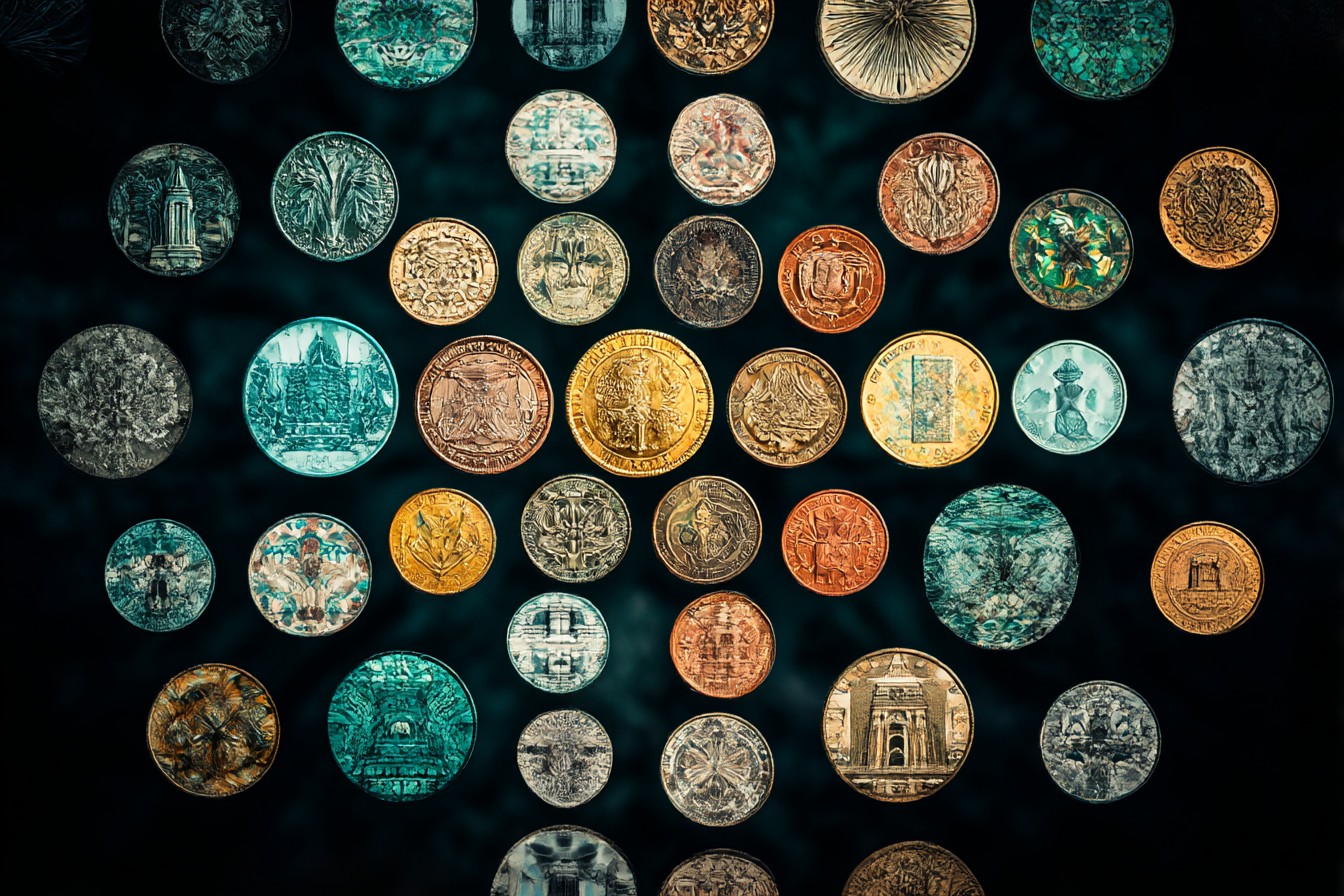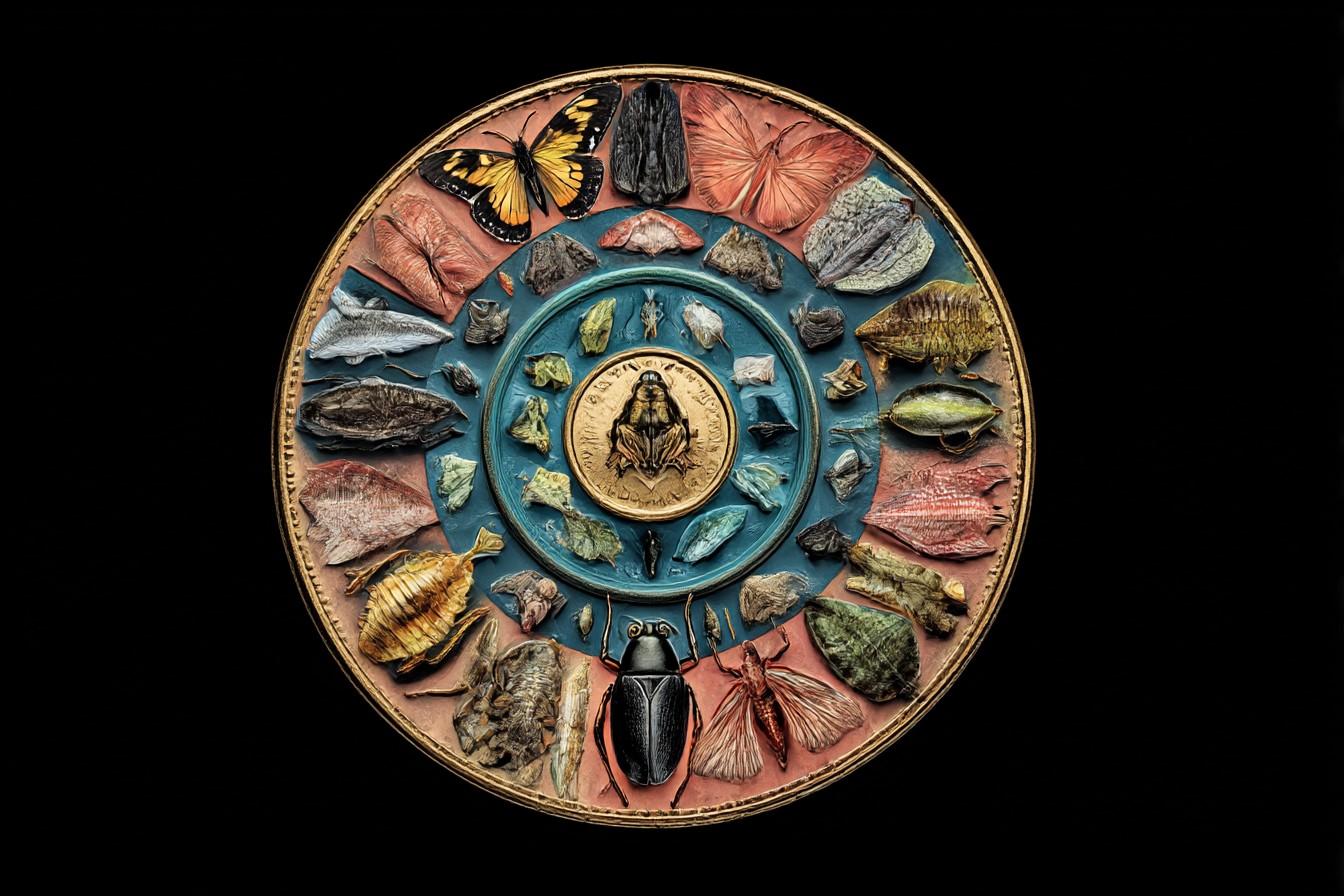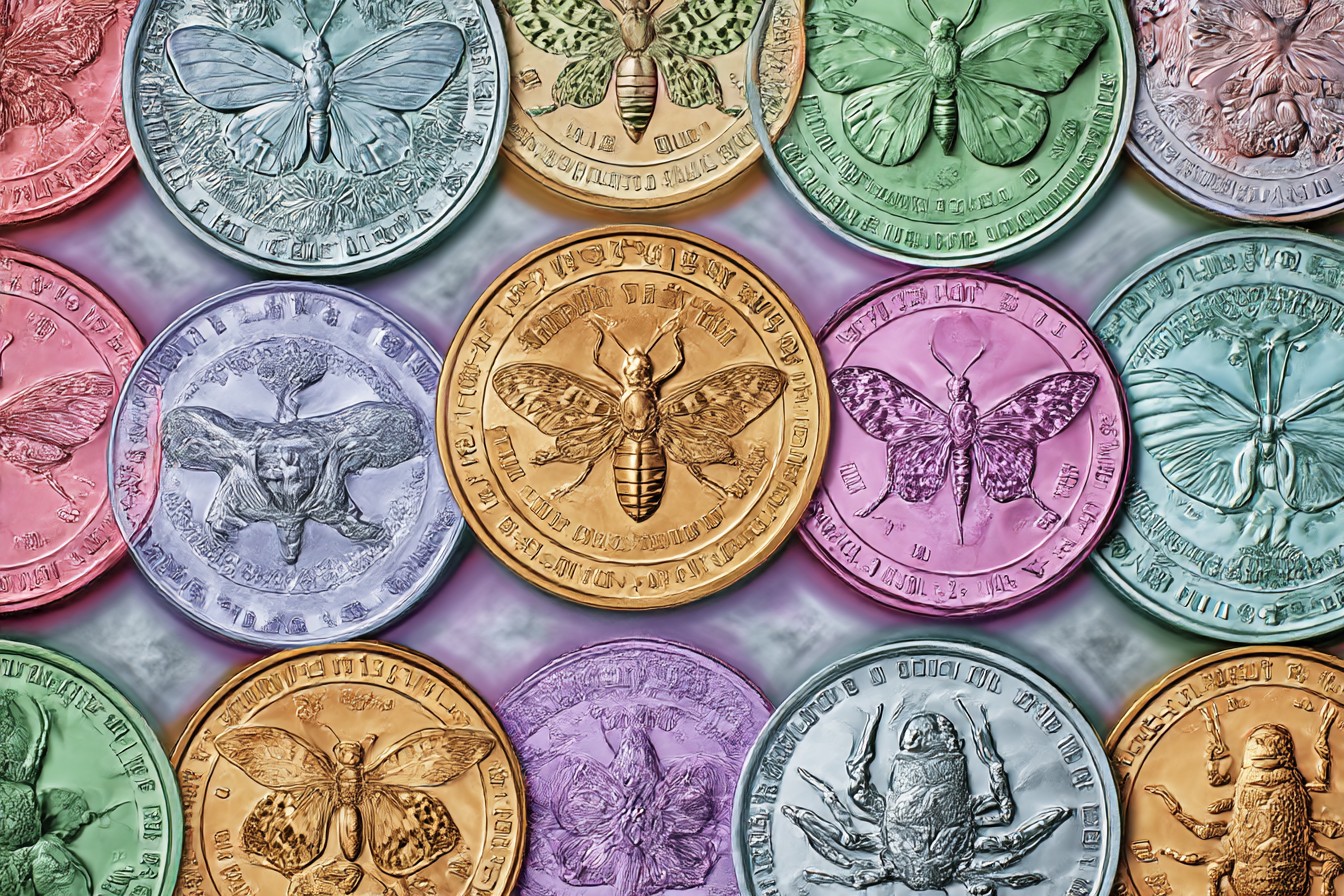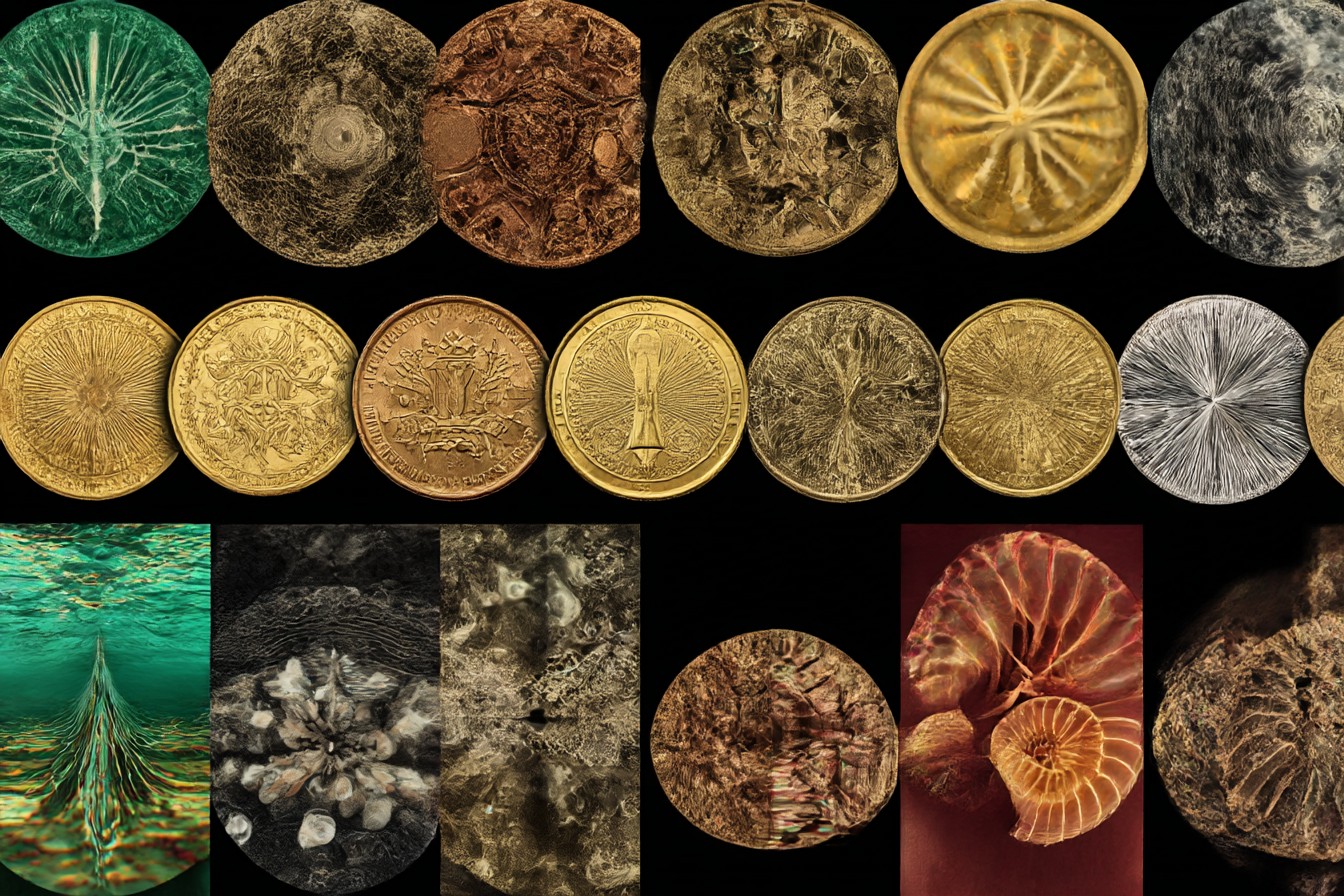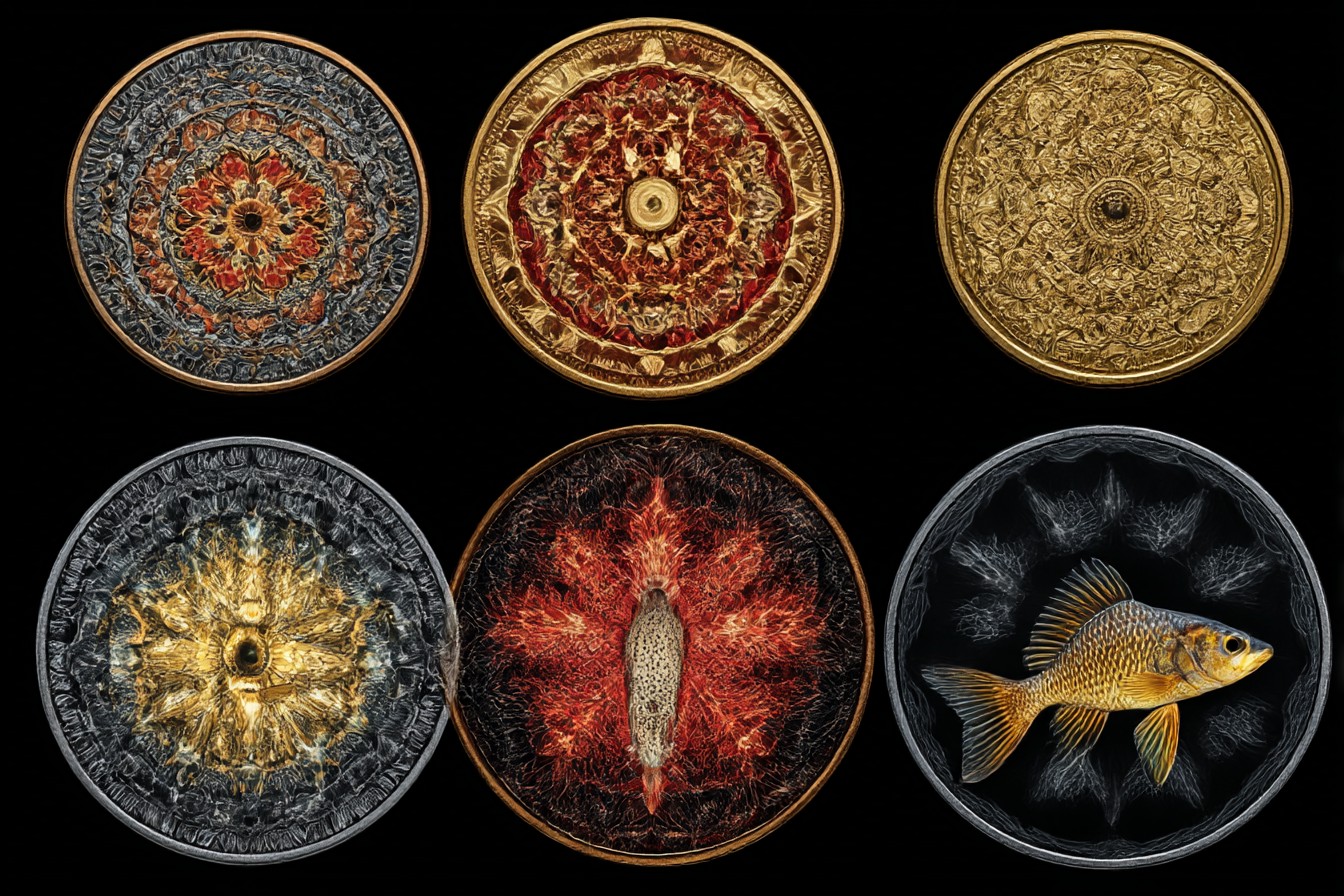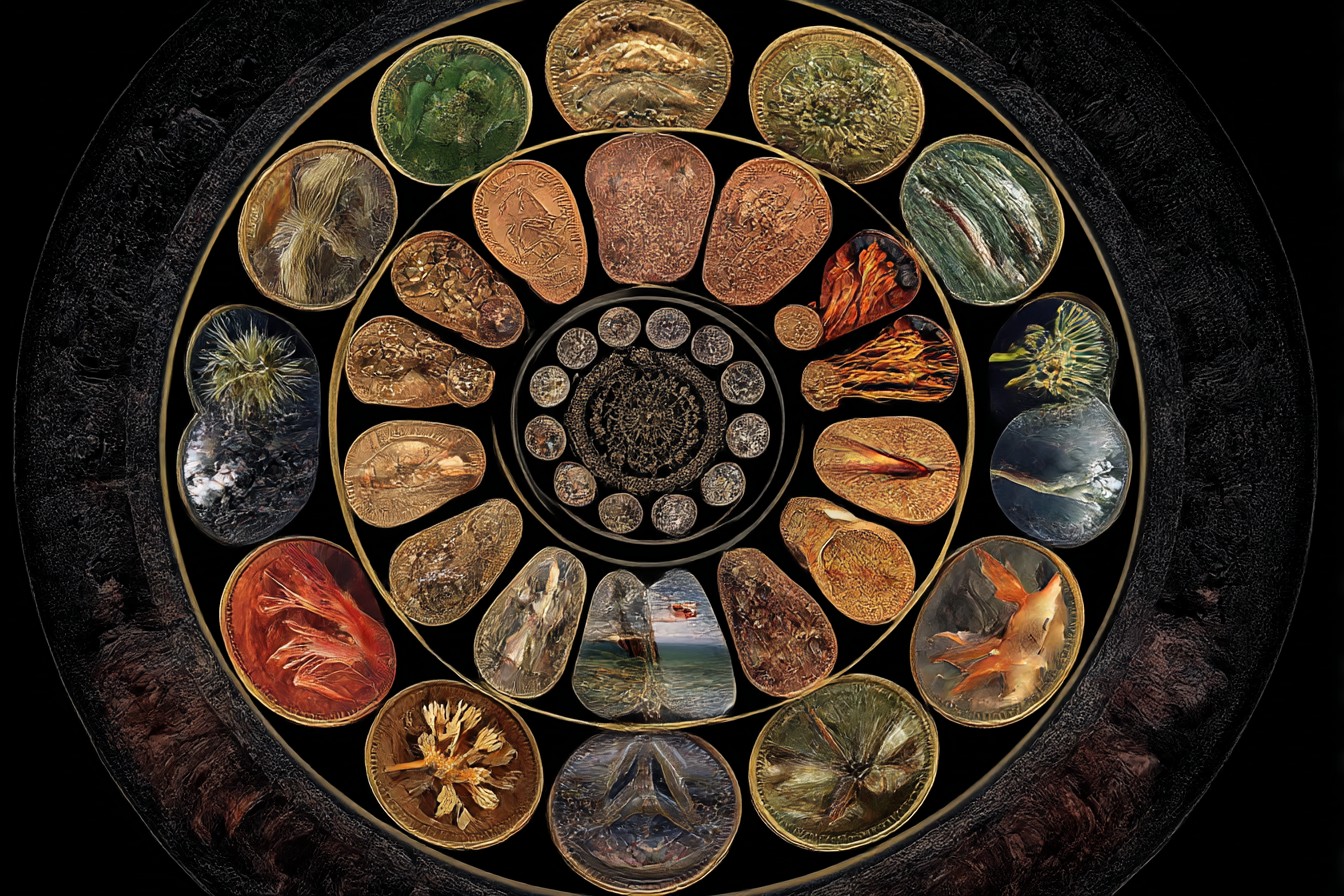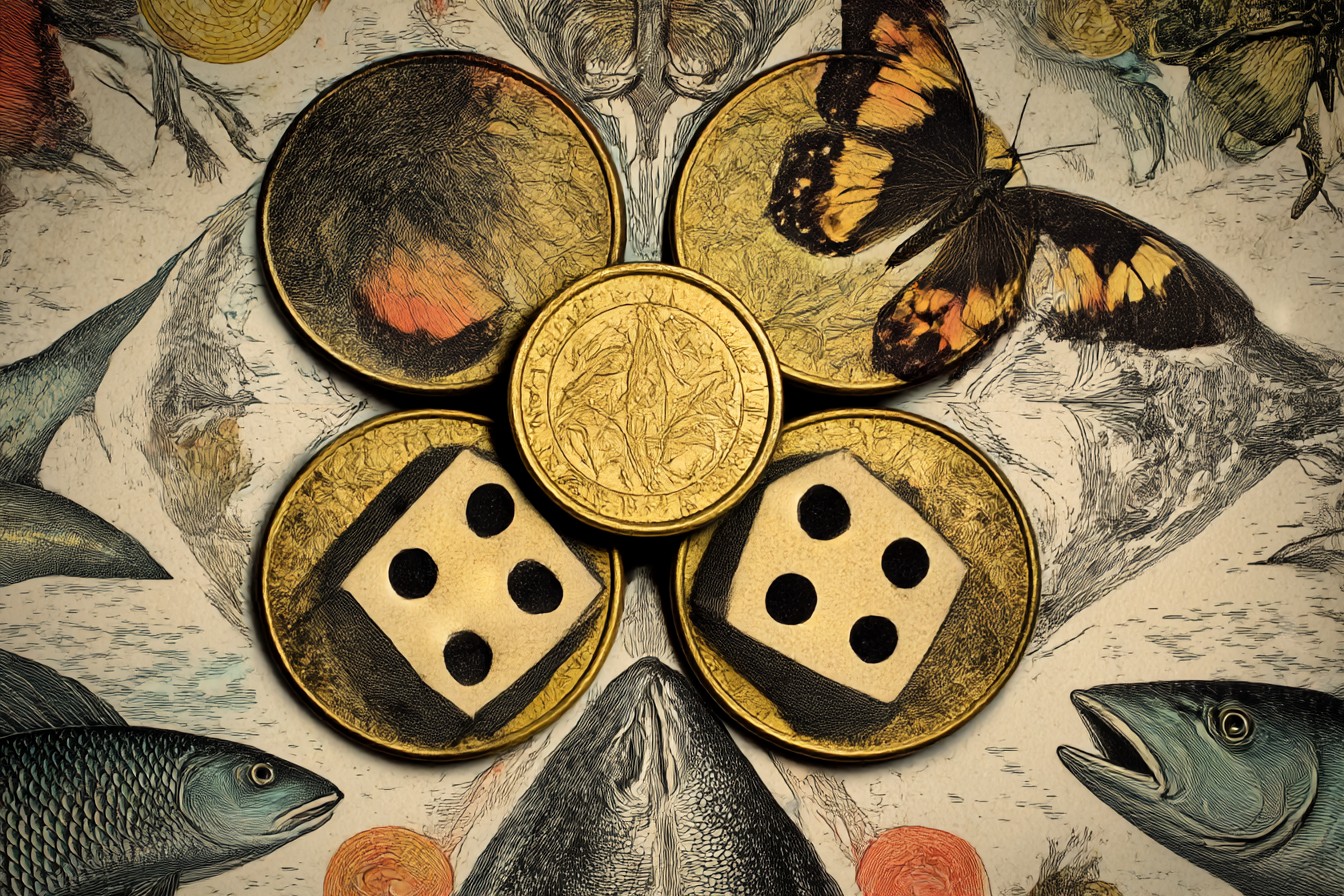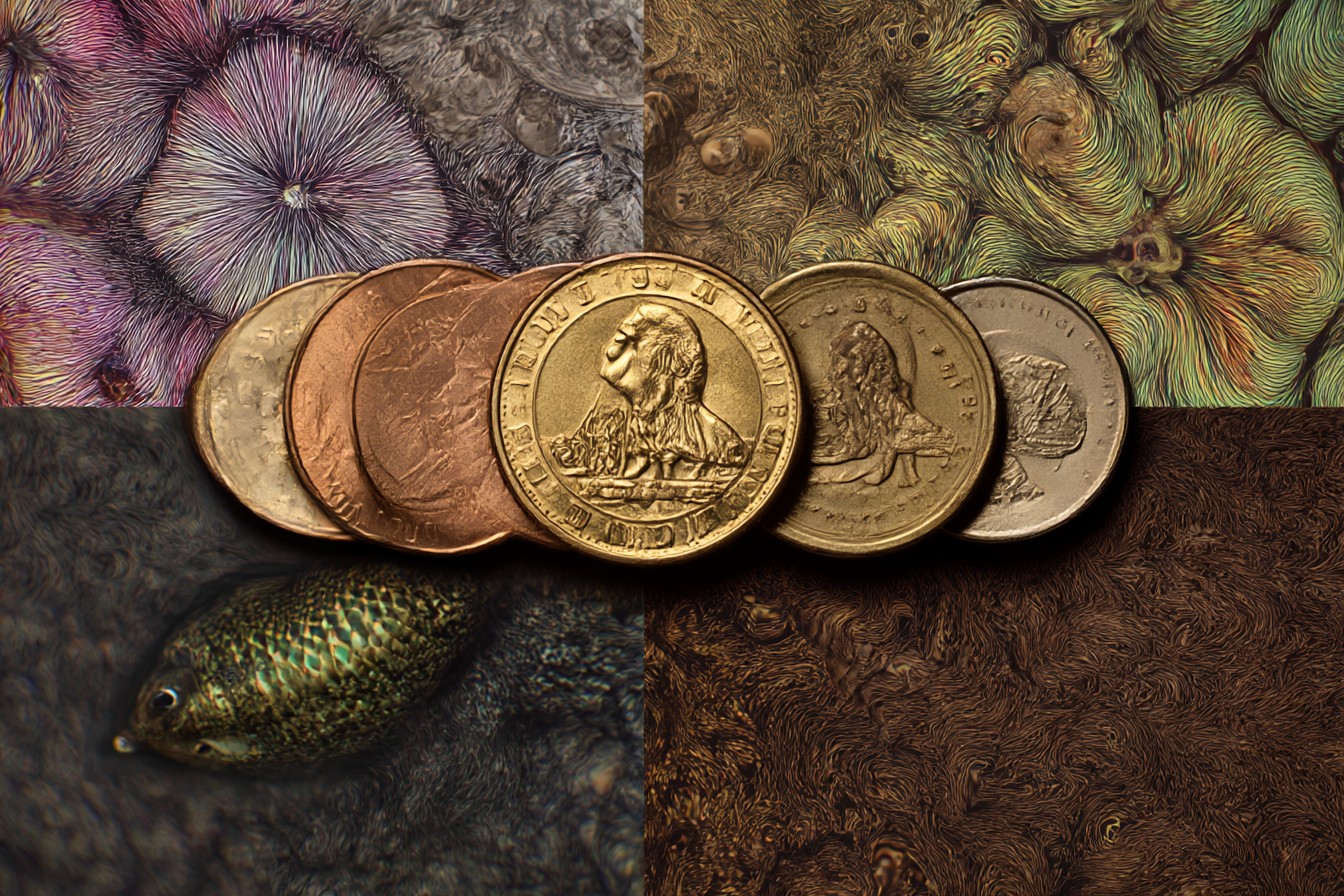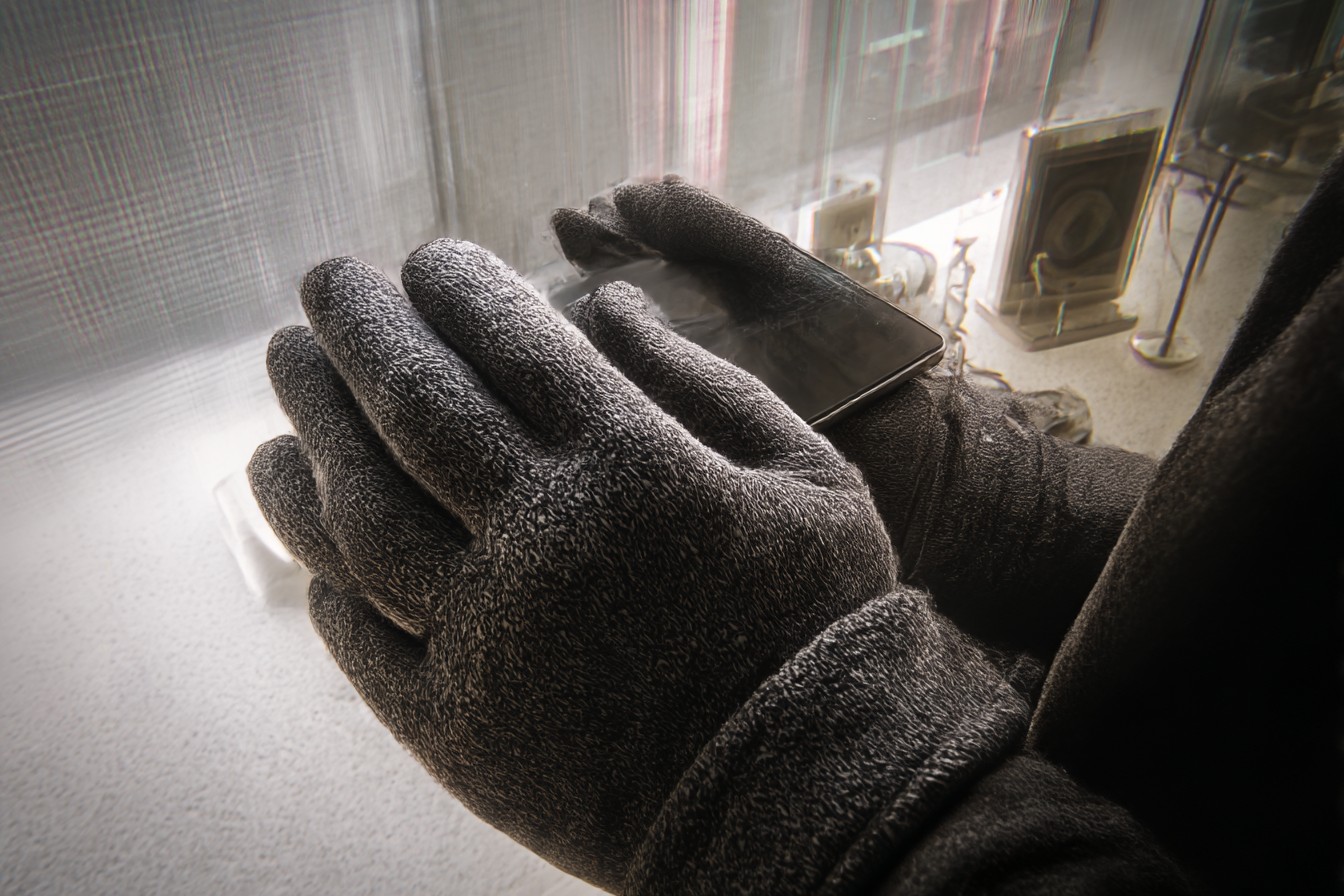It started with a heated argument with Mei at 3 AM. We’d been debating whether I should accept an invitation to speak at a conference in Melbourne, and after an hour of circular reasoning, she threw up her hands and said something that changed my life: “Honestly, Jamie, I think a coin flip would make better decisions than you do.”
I was properly offended for about fourteen seconds until the scientist in me perked up. Wait. Would it? Could random chance actually outperform my carefully calibrated decision-making apparatus (also known as my brain, which I’ve accidentally exposed to questionable chemicals at least seven times during undergraduate experiments)?
The next morning, I purchased a two-headed coin as a joke, then immediately felt guilty about potential experimental contamination and went back to buy a properly random one. Standing in the convenience store, staring at various coins and muttering about probability distribution, I received several concerned looks from the cashier who has, frankly, seen me doing much stranger things.
My experimental protocol was straightforward: for 30 consecutive days, I would identify each significant decision I needed to make, carefully consider my preferred choice, record it, and then flip a coin. If the coin matched my preference (heads = yes, tails = no), I’d proceed with my plan. If it contradicted me, I’d follow the coin’s guidance instead. Most importantly, I’d track outcomes to determine which decision-making method produced better results.
Look, I know what you’re thinking: defining “better results” is inherently subjective. That’s why I established objective metrics for different decision categories before beginning. Work choices would be evaluated by productivity measures and feedback. Social decisions by empirical measures of enjoyment (including heart rate variability, which I monitored with a chest strap that prompted Josh to ask if I was “finally getting that arrhythmia checked out”). Food decisions by nutritional content, satiety, and gastrointestinal consequences (detailed logs omitted to preserve your appetite). Financial decisions by, well, money saved or wasted.
Day one was innocent enough. The coin decided I should have overnight oats instead of my planned eggs for breakfast (marginally higher productivity that morning, though correlation is obviously not causation). It suggested I take the longer route to the lab (discovered a new coffee shop). It dictated email-answering prioritization (no measurable difference). I began to relax, thinking this would be a mildly interesting but ultimately unremarkable experiment about the role of chance in mundane choices.
Then came day four.
I’d been invited to appear on a reasonably popular science podcast—not my usual audience, but significant exposure potential. My instinct was to decline; the host had previously made comments about biochemistry that suggested he didn’t know the difference between a protein and a carbohydrate. The coin said accept. Following protocol, I grudgingly emailed my confirmation.
The interview was a disaster in the first five minutes, with the host interrupting my careful explanation of enzymatic reactions to ask if I thought aliens had “superior biological technologies.” I nearly terminated the connection before remembering that the point was to test outcomes, not immediate comfort. So I pivoted—abandoned my planned talking points and engaged with his extraterrestrial biochemistry hypotheses, but grounded in actual science.
The resulting conversation was… surprisingly magnificent. Listeners reached out in unprecedented numbers. My subscriber count jumped 18.7% in 24 hours. Three university departments contacted me about potential collaboration. The coin, impossibly, had been right.
This was merely the beginning of what I now call the “Randomness Superiority Pattern.” By day ten, the evidence was becoming uncomfortably clear: the coin was making better decisions than I was about 60% of the time. By day twenty, that figure had risen to 68.5%.
Some examples from my increasingly distressing data log:
• I chose to repair my five-year-old laptop; the coin said replace it. Three days later, the motherboard failed catastrophically during a crucial backup procedure, resulting in 17 hours of irretrievable work and the distinct smell of silicon defeat.
• I planned to make my special chili recipe for a department potluck; the coin directed me toward store-bought cookies instead. A subsequent outbreak of mild food poisoning affected 40% of attendees—sparing the cookie-eaters. (I’ve since been unofficially banned from bringing homemade food to departmental functions.)
• I intended to invest a small windfall in a promising biotech stock; the coin suggested my emergency fund needed replenishing instead. The company announced disappointing clinical results the following week, dropping 26% in value.
• I wanted to cancel a hiking plan with Josh due to predicted thunderstorms; the coin said go anyway. The meteorological forecast proved entirely incorrect (shocking, I know), and we witnessed a meteorite entry that became a significant discussion point in my next three articles.
The pattern extended beyond major decisions. The coin consistently chose better Netflix documentaries, more interesting research papers to read, and even more satisfying dinner options. It suggested I change my regular coffee order from an oat milk latte to a simple Americano, inadvertently solving the mysterious afternoon stomach discomfort I’d been experiencing for months.
The most scientifically alarming outcome concerned work methodologies. I’d been struggling with a series of experiments on circadian rhythm disruption in model organisms. My approach involved complex measurement protocols taken at six-hour intervals. The coin suggested an entirely different methodology with measurement frequency determined by—I’m not joking—the Fibonacci sequence. The resulting data showed a pattern that previous approaches had entirely missed.
Now, I understand the statistical realities at play. With a sufficiently large sample size of binary decisions, randomness will occasionally produce superior outcomes through sheer probability. That’s not what keeps me awake at night. What haunts me is the consistent pattern across decision categories and the troubling implications for human cognitive processing.
Upon deeper reflection (and after a concerning amount of time spent talking to the coin directly, which I acknowledge represents a methodological lapse), I developed several hypotheses about why randomness was outperforming my conscious choice:
1. My decisions were unknowingly following patterns that created blind spots in certain categories, while the coin had no such limitations
2. I was unconsciously choosing comfort over optimal outcomes in approximately 70% of decisions
3. My risk assessment abilities had been fundamentally compromised by years of conducting questionably safe experiments (the “frog in boiling water” phenomenon, but with a biochemist who can no longer recognize what constitutes dangerous decision-making)
4. The mere act of questioning my choices and tracking outcomes was creating a heightened awareness that benefited both decision pathways (though this wouldn’t explain the coin’s statistical advantage)
5. The most disturbing possibility: I am simply terrible at making decisions despite possessing an advanced scientific degree and supposedly functional prefrontal cortex
By week three, friends began noticing changes in my behavior. Mei found me standing in our kitchen at 2 AM, flipping the coin to determine whether I should have a glass of water. “This isn’t an experiment anymore,” she observed with the gentle tone she reserves for when I’ve crossed from eccentric to concerning. “It’s becoming a compulsion.”
She wasn’t wrong. I had begun consulting the coin for increasingly trivial matters. Should I wear the blue shirt or the grey one? Should I walk on this side of the street or the other? The coin had transformed from experimental tool to external decision-making apparatus. I was outsourcing my autonomy to randomness because the data suggested it was more competent than I was.
I wish I could report that I valiantly reasserted my decision-making independence at the end of the 30 days. The truth is both more mundane and more troubling: I simply woke up on day 31, reached for the coin out of habit, and then stopped. The experiment was complete. The protocol didn’t require me to continue.
Yet standing there, coin suspended between my fingers, I confronted the uncomfortable question: given the data, shouldn’t I continue following randomness indefinitely?
The final statistics were undeniable. Across 217 recorded decisions over 30 days, the coin outperformed my conscious choice in 64.3% of cases. In financial decisions specifically, that figure rose to an alarming 72%.
My preliminary conclusions are not comfortable ones. Our perception of thoughtful decision-making may be largely illusory—a narrative we construct to maintain the sense that we’re in control of our outcomes. The cognitive biases psychology researchers have identified aren’t just occasional glitches in our thinking; they may be the primary operating system.
What does this mean for someone who has built their identity around scientific reasoning and empirical thinking? I’m still processing that existential question. For now, I’ve compromised: I make most decisions conventionally but introduce randomness for choices where I detect heightened anxiety or circular reasoning.
Last week, I mentioned my results at a department lunch. My colleagues laughed, assuming it was another of my characteristically bizarre experiments rather than a legitimate epistemological crisis. Dr. Patel suggested I was simply “overthinking everything as usual,” while Josh proposed that “maybe you’ve found your true calling as a professional coin flip consultant.”
Only Mei recognized the genuine distress beneath my casual presentation. Later, she asked how I decided to discuss the experiment publicly.
“Coin flip,” I admitted.
She nodded thoughtfully. “And did you flip a coin to decide whether to keep using the coin after the experiment ended?”
I hadn’t. That decision—perhaps the most meta of the entire experience—I’d made entirely on my own. When I realized this contradiction, Mei smiled and suggested that perhaps that choice itself was the most interesting data point of all.
I’m scheduled to present these findings at next month’s cognitive psychology symposium. The title of my talk? “Randomness vs. Reasoning: A Humbling Personal Data Set.” The organizer asked if I was certain about participating.
I flipped for it.
It came up heads.
